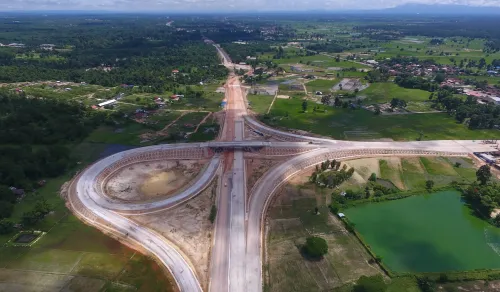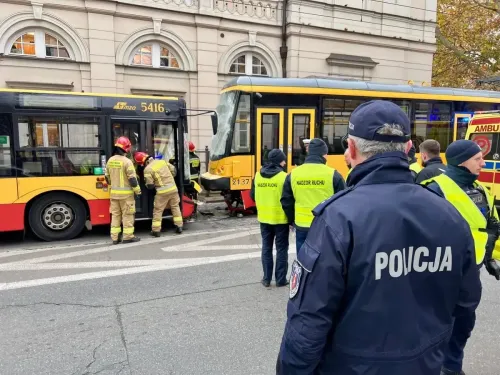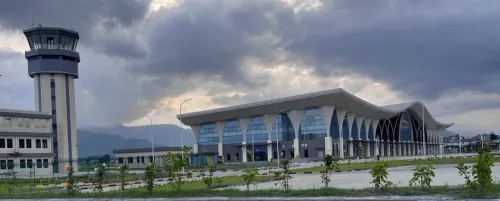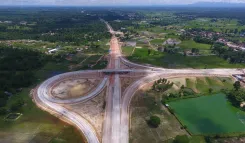What is the latest update on the death toll from the Philippine earthquake?
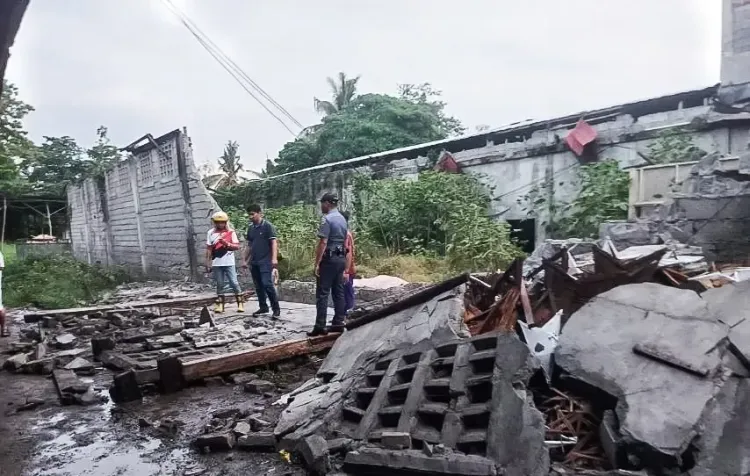
Synopsis
Key Takeaways
- Death toll has risen to 70 after the earthquake.
- 559 reported injuries from the quake.
- Over 120,000 families affected.
- More than 18,000 homes damaged.
- Government shifting focus to relief efforts.
Manila, Oct 4 (NationPress) The reported death toll from the magnitude 6.9 earthquake that struck Cebu province in central Philippines on Tuesday has now reached 70, as per the latest figures from the country's top disaster management authority released on Saturday.
The National Disaster Risk Reduction and Management Council (NDRRMC) indicated that among the fatalities, 32 occurred in Bogo City, the epicenter of the quake, while 15 were recorded in San Remigio, 14 in Medellin, six in Tabogon, and one each in Sogod, Tabuelan, and Borbon.
Additionally, the NDRRMC disclosed that a total of 559 individuals sustained injuries during the offshore tremor, which occurred at a depth of 5 kilometers at 9:59 p.m. local time, while residents were either asleep or getting ready for bed.
Over 120,000 families, equating to around 457,000 people, have been affected by this seismic event, which resulted in damage to more than 18,000 homes and over 500 infrastructures, including essential facilities like roads, bridges, and a local hospital.
The Philippine Institute of Volcanology and Seismology continues to monitor aftershocks, with reports of over 5,000 recorded thus far. Many residents are opting to stay in open areas with makeshift tents due to fears of returning home amidst ongoing aftershocks.
According to Xinhua news agency, all residents have been accounted for now.
The Philippine government has shifted its focus from search and rescue operations to providing relief, early recovery, and rehabilitation support.
As nearly four days have passed since the earthquake, survivors are relying on government assistance for food and water, facing daily challenges to survive. The victims are urgently requesting food packs, first aid supplies, hygiene kits, tents, sleeping bags, and generators due to persistent power outages.
The Philippines is situated along the Pacific 'Ring of Fire', a region known for its seismic and volcanic activity.
Earlier on Thursday, the Philippine government officially ended search and rescue operations in the four municipalities most severely impacted by the earthquake.
In a statement, the Office of Civil Defence announced the conclusion of search, rescue, and retrieval efforts in San Remigio, Daanbantayan, Medellin, and the City of Bogo in Cebu Province on Thursday afternoon.

